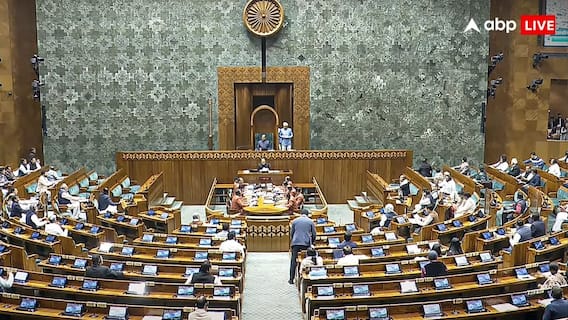Is The New Income Tax Regime A Good Fit For You? Find Out
New Income Tax Regime: The basic exemption limit has been raised from Rs 2.5 lakh to Rs 3 lakh, making the new regime more attractive

New Income Tax Regime: The Union Budget 2023 introduced a major shift in the income tax landscape in India, making the new income tax regime the default option for taxpayers. This change aims to simplify the tax filing process and encourage more individuals to adopt the new regime, which offers lower tax rates but fewer deductions and exemptions. If a taxpayer fails to select a regime, their taxes will automatically be calculated under the new regime, though they can switch back to the old regime before the return filing deadline.
Benefits of the New Income Tax Regime
The new income tax regime brings several benefits, including a streamlined tax structure, lower tax rates, and a focus on reducing taxpayers' liabilities while boosting disposable income. Here are the key advantages of the new tax regime.
Lower Tax Rates
The new regime offers reduced tax rates, which translate to lower tax liabilities and increased disposable income. The rates are structured as follows:
- No tax on income up to Rs 3 lakh
- 5 per cent tax on income between Rs 3 lakh and Rs 6 lakh
- 10 per cent tax on income between Rs 6 lakh and Rs 9 lakh
- 15 per cent tax on income between Rs 9 lakh and Rs 12 lakh
- 20 per cent tax on income between Rs 12 lakh and Rs 15 lakh
- 30 per cent tax on income above Rs 15 lakh
Simplified Tax Structure
The new regime's streamlined approach minimises the need for tracking and claiming various deductions and exemptions, saving taxpayers time and effort.
No Tax Deductions
Eliminating numerous deductions simplifies tax compliance and streamlines the filing process.
ALSO READ | I-T Rules For Salaried Individuals: Here's How You Can Manage Your Finances In FY25
Increased Basic Exemption Limit
The basic exemption limit has been raised from Rs 2.5 lakh to Rs 3 lakh, making the new regime more attractive.
Reduced Surcharge Rate
The surcharge rate for individuals with income exceeding Rs 5 crores has been lowered from 37 per cent to 25 per cent, offering significant tax savings for high-income earners.
Enhanced Rebate Limit
The rebate limit has been increased to Rs 25,000 for taxable incomes up to Rs 7 lakh, a notable jump from the previous limit of Rs 12,500 under the old regime.
Standard Deduction
Salaried individuals can continue to benefit from a standard deduction of Rs 50,000 under both the old and new regimes.
Leave Encashment Exemption
Non-government employees benefit from an increased exemption limit on leave encashment, which has been raised from Rs 3 lakh to Rs 25 lakh.
Agniveer Corpus Fund
Additionally, other deductions under the new regime include those from family pension income and contributions to the Agniveer Corpus Fund.
It is important for the taxpayers to note the pros and cons of each regime, considering their unique financial situations and long-term goals. While the new regime offers simplicity and lower rates, the old regime's deductions and exemptions may provide better benefits for some. As the tax filing season approaches, it's essential to make an informed choice that best aligns with individual financial objectives.
Trending News
Top Headlines






































